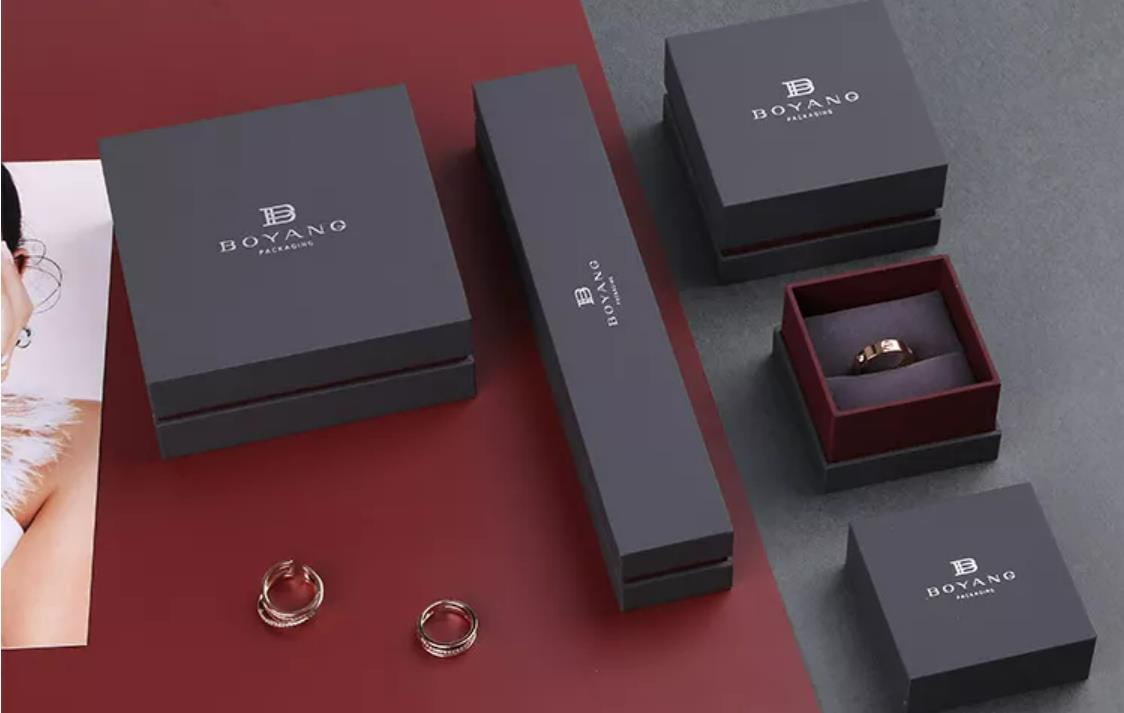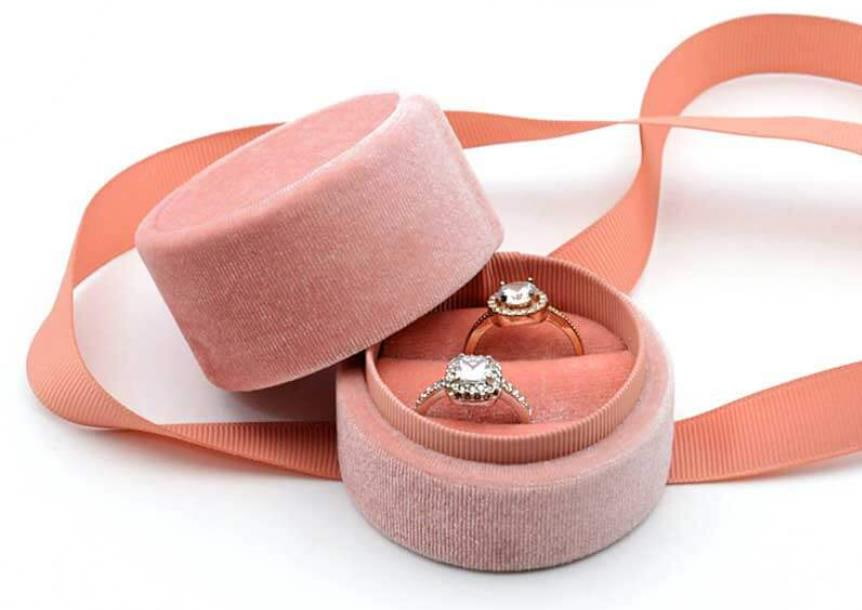You can share
- Share to Facebook
- Share to Google+
- Subscribe to our
- Share to Linkedin
- Share to Twitter

In the fiercely competitive jewelry market, exquisite jewelry is the most important competitive advantage, but the jewelry packaging box that carries it is even more powerful, directly affecting the customer's unpacking experience and brand impression. Faced with square, round, oval, and even more unique designs, which shape of jewelry packaging box is more popular? We can cleverly balance it from the perspective of brand positioning, product characteristics, and consumer psychology.
Square (including rectangular) is undoubtedly the most common and classic choice in the field of jewelry packaging boxes. Its core advantages are:
(1) Wide applicability: Whether it is a simple necklace, a shining ring, an exquisite earring, or a luxurious bracelet, the square box can firmly and safely fix various forms of jewelry with its regular lining design (such as sponge grooves and velvet trays), providing the most basic protection. Various opening methods, such as drawer-type, book-type, and top and bottom lids, also enrich the functional experience of the square box.

(2) Professionalism and formality: The sharp lines convey a stable, reliable, and professional image. This is particularly in line with the pursuit of dignity and ritual by high-end jewelry, wedding rings, and luxury brands. Opening a high-quality square velvet gift box itself indicates that there are treasures inside.
(3) Efficient space utilization: The square design has natural advantages in stacking, transportation, and warehousing, with high space utilization, saving costs for merchants.
(4) Great customization potential: The flat structure makes it easier to print brand logos, hot stamping/silver crafts, embossing, and other surface treatments, and the visual effect is clear and atmospheric.
The round jewelry packaging box stands out with its smooth curves, conveying a unique charm:
(1) Soft femininity: The round lines naturally have a soft, gentle, and romantic atmosphere, which is very suitable for women's jewelry, pearl jewelry, fashion jewelry with a strong sense of design, or gift scenes that emphasize "surprise". The rotating opening method adds a sense of fun to the exploration.
(2) Concentrated visual focus: The circular structure naturally guides the line of sight to the center. When the lid is opened, the jewelry can instantly become the only focus, enhancing the display effect.
(3) Unique recognition: Among many square boxes, the circular design itself can form a distinct visual difference, helping the brand stand out when displaying or giving gifts.
The oval jewelry packaging box combines the characteristics of square stability and round smoothness:
(1) Elegant extension: It is more slender than the round one, and can better accommodate and display long jewelry such as necklaces and bracelets, and is more visually coordinated. Its soft edges also convey an elegant atmosphere.
(2) Novelty and chic: Compared with square and round, oval is relatively rare. Choosing it can reflect the brand's unique taste and attention to detail, leaving a deep impression.

When a brand pursues extreme personality or targets specific festivals/products, special-shaped jewelry packaging boxes, such as heart-shaped, gem-shaped, and brand symbol derivatives, become eye-catching tools:
(1) Strong theme and emotional expression: Heart-shaped boxes are a classic choice for Valentine's Day and proposal scenes, conveying love directly and strongly. Other customized shapes can perfectly echo the design concept or brand culture of a specific series of jewelry.
(2) Super high recognition and topicality: The unique shape itself can arouse curiosity and discussion, and is an excellent carrier for social media dissemination and creating surprises, especially suitable for fashion brands or limited editions.
(3) Deepen brand image: Highly customized shapes become an important part of brand visual assets and strengthen brand recognition. However, their applicability is narrow, the cost is high, and they may be more challenging to protect in transportation.
(1) Jewelry type: Rings and pendants are often square or round; necklaces and bracelets are more suitable for rectangular or oval shapes; pearls or accessories with a strong sense of design can be considered round or irregular shapes.
(2) Brand positioning and target customer group: Classic luxury brands tend to prefer a stable square shape; fashionable, feminine or designer brands may prefer round, oval or personalized customized models; those who pursue surprisd social communication will choose irregular boxes.
(3) Usage scenario: Daily sales and professional displays are mostly square; important gifts and wedding occasions can choose round, oval, or heart-shaped; theme marketing and limited editions boldly use customized irregular boxes.
(4) Budget and functionality: Square has obvious advantages in cost, protection, and versatility; irregular boxes are expensive and may have limited functionality, but have unique communication value.
Therefore, choosing the most popular jewelry box shape is essentially a precise matching game. Successful jewelry brands are well aware of this. They not only pay attention to the protective function of the box, but also regard it as an important extension of brand narrative and customer experience. Between the compromise of size and the boldness of customization, only by finding the packaging that best matches the brand’s soul and the brilliance of jewelry can every opening become a thrilling highlight moment.